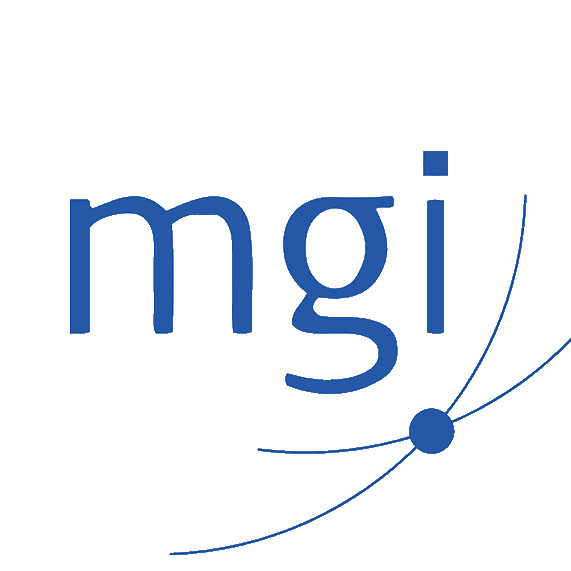Written by Sarah Riccio:
Most small business owners tend to look at the Profit and Loss Statement for financial data about their business but when it comes to the balance sheet, they do not understand its importance and that it contains data that is not obvious in other financial reports.
What is a balance sheet?
A balance sheet (sometimes called a statement of financial position) is a summary of all your business assets (what the business owns) and liabilities (what the business owes). It can show you how much money you would have left over if you sold all your assets and paid off all your debts (owners’ equity).
Assets less liabilities equals the net worth of the business (or equity) which is why it is called a balance sheet – assets on one side balances out to liabilities and equity on the other.
The balance sheet is a snapshot of your net worth at a specific point in time unlike the profit and loss statement that shows you information about your business over a period of time.
Balance sheet classifications
Assets & liabilities are broken down further and classified into “current” and “non-current” to help you monitor your financial position. Current is a period of less than twelve months and non-current is greater than 12 months. This way we can see how soon they must be turned into cash (assets) or repaid (liabilities).
Examples of current assets are cash and other items that can be turned into cash within twelve months, accounts receivable (or debtors) and stock.
Fixed assets (or non-current) follow current assets and can include equipment, furniture and business vehicles that will continue to exist and not be converted into cash for more than twelve months.
Liabilities should be listed in the order of how soon they must be repaid with current liabilities (that must be repaid within twelve months) listed first. Current liabilities usually include accounts payable (or creditors), credit cards and bank overdrafts. Loans that are due to be repaid in more than twelve months’ time are classified as non-current liabilities.
Equity is made up of the ownership of the business plus earnings retained to grow the business.
Why is the balance sheet important to your business?
The balance sheet can provide a picture of the financial health of your business at a specific point in time – typically the end of a financial year or end of the month.
It can show you if you owe more money than what you currently have and expect to receive, the current value of your assets and how liquid your business is at a given moment in time.
With balance sheet data you can track the performance of your business, identify trends and implement strategies to support your finances. It can help you evaluate factors such as your ability to meet financial obligations and how effectively you use credit to finance your operations.
Most balance sheets will also include data from the previous year to facilitate comparison and see how your business is doing over time. You can compare the current period with the previous one using a percentage change analysis and ask yourself questions such as; do you have more or less assets? Have you invested in equipment? Have you accrued more debt? Are your debtors (payers that owe you) growing? Are your current financial obligations under control?
It is good business to get familiar with financial ratios as the balance sheet can give you warning signs that can help resolve any potential problems before they have a negative impact on the business. Common ratios that are useful in any business is the working capital ratio (liquidity of your business) and quick assets ratio (solvency of business).
The balance sheet data can also be used in conjunction with other financial reports such as the profit and loss statement to measure the profitability of an investment. Small businesses can use a ‘return on investment’ (ROI) indicator to measure the performance of pricing policies and investment in inventory or equipment. A common method to determine ROI is to divide net profit by total assets.
Your balance sheet changes with every business transaction so we recommend that you review it regularly.
If you require assistance with understanding your balance sheet please contact the MGI Adelaide office.
This communication is general in nature and current as at the time of production. The information contained in this communication does not constitute advice and should not be relied upon as such. Should you wish to discuss any matter raised in this article, please feel free to contact us.






